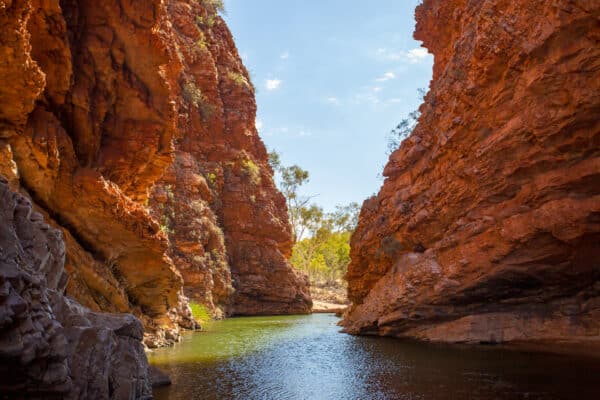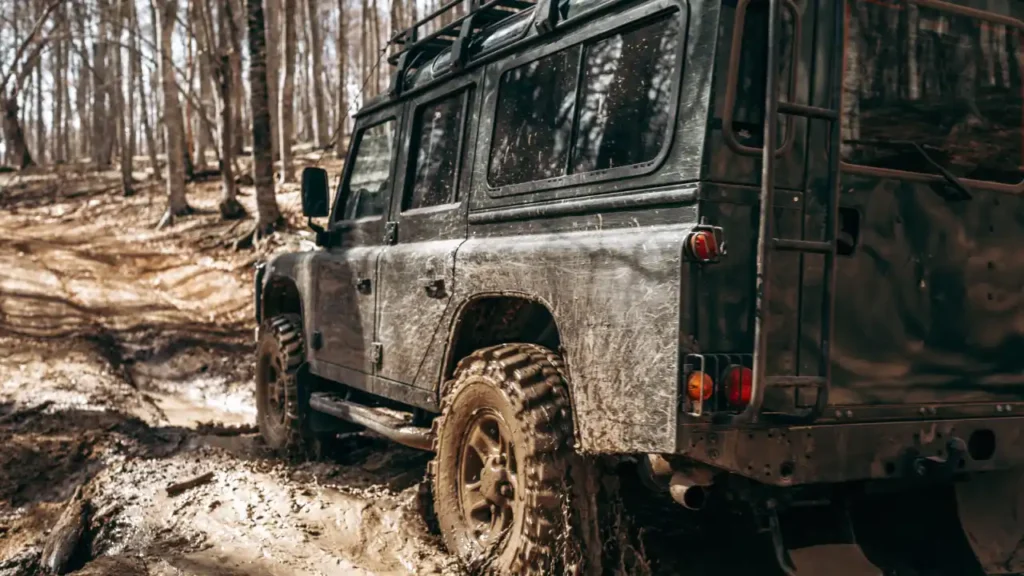
Free monthly entries to ALL giveaways
+1 every month
+5 every month
+10 every month
5%
125
150
350
100
100
50
Cancel membership anytime
Terms apply
apply
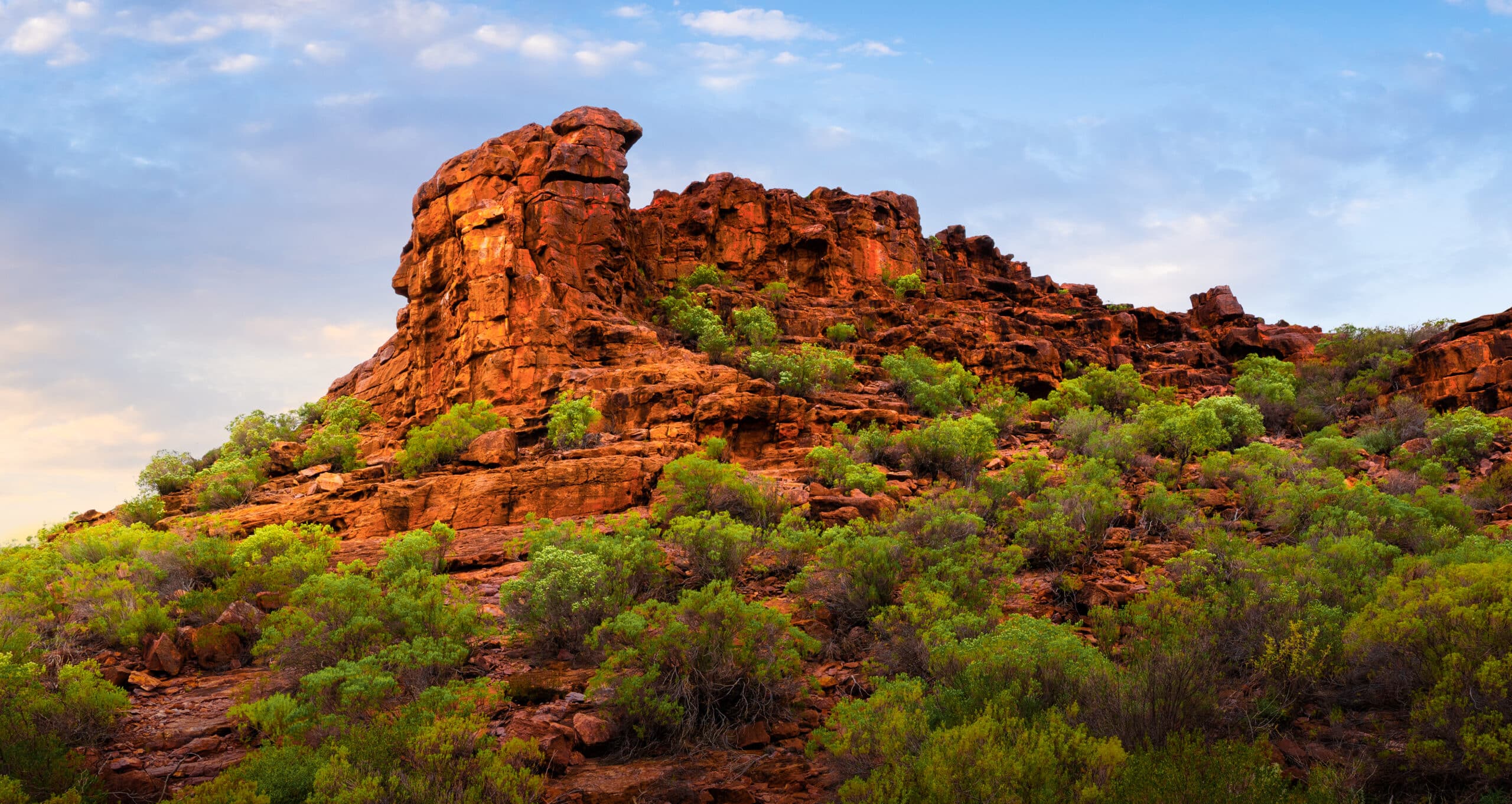
Written by
Darcie Sands
Published
December 16, 2024
If you’ve ever dreamed of camping in one of Australia’s most iconic spots, then the Kimberley should be at the top of your list. Known for its breathtaking landscapes, ancient rock formations, and epic adventures, this rugged corner of Western Australia promises an unforgettable camping experience. But exploring the Kimberley isn’t your average camping trip—it requires careful planning and preparation. Here’s everything you need to know before you pack the 4WD and hit the road!
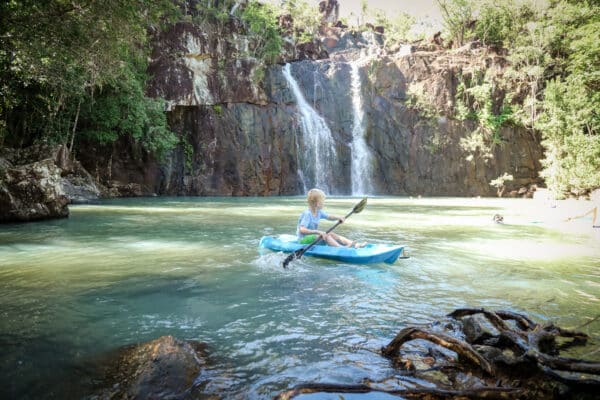
The Kimberley has two distinct seasons: the Wet and the Dry. Timing your trip is crucial for a safe and enjoyable adventure.
The Dry Season (May to October): This is the best time to visit, with temperatures of 20-35°C and accessible roads, most campsites and attractions are open this time of year.
The Wet Season (November to April): Heavy rains can cause road closures and flooding, making much of the region inaccessible. It’s not ideal for camping, but it’s the season for spectacular waterfalls.
Pro tip: Aim for early in the Dry Season (May-June) to avoid peak crowds while still enjoying mild weather.
Camping options in the Kimberley range from remote bush camps to well-equipped caravan parks. It’s all about finding the experience that suits your style.
Popular spots:
Free camping: There are plenty of free or low-cost bush camping spots, but they’re basic—no power, no toilets, and no water.
National park campsites: Managed by WA Parks, these spots usually offer basic amenities like toilets and BBQ facilities. Booking online is often required during peak season.
Pro tip: Use apps like WikiCamps to find hidden gems and read reviews from other campers.
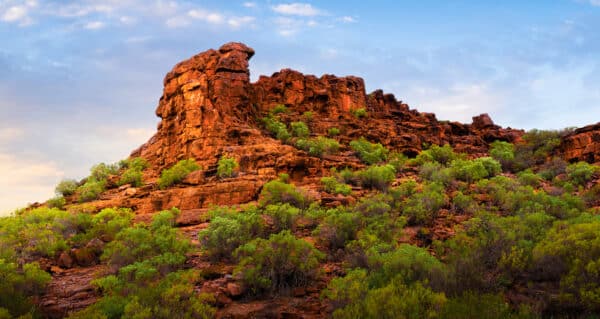
Camping in the Kimberley means being self-sufficient. Many spots are far from towns or services, so it’s crucial to pack everything you’ll need.
Essentials:
Extras for comfort:
The Kimberley remote tracks and rugged terrain mean you’ll need a capable vehicle to get around. Regular cars won’t cut it here!
Tyres: All-terrain tyres are a must for handling corrugated roads and rocky trails.
Fuel: Carry extra fuel in jerry cans—distances between fuel stops can be hundreds of kilometres.
Spare parts: Bring spare tyres, a puncture repair kit, and extra oil and coolant.
Suspension: Make sure your suspension can handle the load, especially if you’re towing.
Pro tip: Get your vehicle serviced before the trip to avoid breakdowns in the middle of nowhere.
The Kimberley is packed with jaw-dropping sights and experiences. Here are some highlights you won’t want to miss:
Gibb River Road: A 660-kilometre iconic offroad adventure filled with gorges, waterfalls, and epic scenery.
Mitchell Falls: A four-tiered waterfall that’s worth the effort to reach. You can hike, drive, or take a scenic helicopter flight.
Horizontal Falls: Dubbed one of the greatest wonders of the natural world, these fast-moving tidal flows are best experienced by boat or seaplane.
Bungle Bungles (Purnululu National Park): The beehive-like domes of the Bungle Bungles are a must-see, with excellent walking trails and stunning views.
Cape Leveque: Red cliffs, white sand beaches, and turquoise waters—perfect for a relaxing stop on your journey.
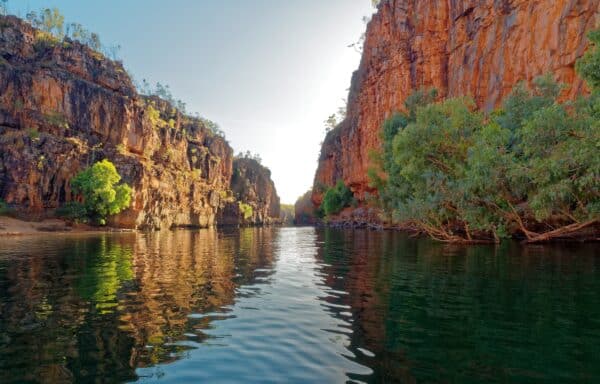
The Kimberley is one of Australia’s wildest regions, so safety should always be a top priority.
Crocodiles: Crocodiles inhabit many waterways. Always check for warnings and avoid swimming unless a spot is marked as safe.
Extreme heat: In the dry or wet seasons, temperatures can soar. Stay hydrated and wear sun protection.
Wildlife: Keep an eye out for snakes, spiders, and other critters. Always shake out your boots before putting them on!
Road hazards: Corrugations, water crossings, and roaming cattle can make driving tricky. Stick to the speed limit and drive cautiously.
Pro tip: Always let someone know your itinerary, especially if you’re heading into remote areas.
The Kimberley is not only a natural wonder but also home to rich Aboriginal heritage. Respect the land and the communities you encounter.
Stick to designated tracks: Avoid damaging the fragile environment by staying on marked roads and trails.
Leave no trace: Take all your rubbish with you and leave campsites as you found them.
Learn about Aboriginal culture: Many sites have cultural significance. Take the time to learn about their history and follow local guidelines.
Pro tip: Consider booking a guided tour with local Aboriginal guides to gain a deeper appreciation of the area.
One of the Kimberley charms is its remoteness, but it also means you’ll have limited access to modern conveniences like reception.
Stay connected: Bring a satellite phone or UHF radio for emergencies.
Offline navigation: Download maps and guides before you leave. Apps like Hema Maps are great for offroaders.
Power up: Use solar panels or extra batteries to keep devices charged.
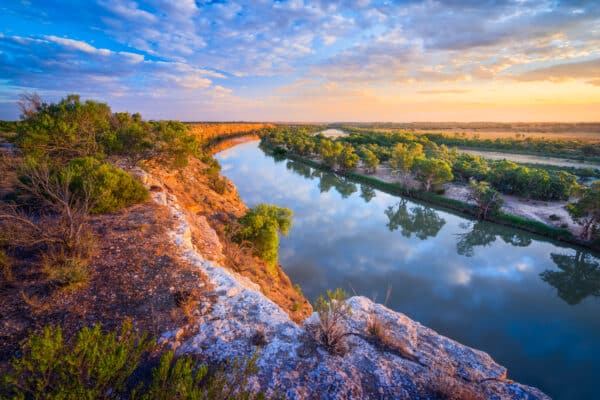
The Kimberley is vast, and getting from one destination to another can take hours—or even days.
Fuel stops: Plan your refueling points carefully. Some roadhouses may run out of fuel during busy times.
Take breaks: Don’t rush. Break up long drives with scenic stops or overnight stays.
Be flexible: Weather, road conditions, or unexpected delays can change your plans. Build in extra time for detours or slow progress.
Camping in the Kimberley is about more than just ticking off destinations—it’s about immersing yourself in the wild beauty and rugged charm of Australia’s Outback.
Slow down: Take your time to soak in the sights and sounds of the Kimberley.
Capture memories: Bring a good camera to document your adventure, but don’t forget to live in the moment.
Enjoy the solitude: The Kimberley remoteness is part of its magic. Embrace the peace and quiet, and let it recharge your soul.
Camping in the Kimberley is the ultimate Aussie adventure. With its remote landscapes, stunning attractions, and sense of untamed wilderness, it’s an experience that will stay with you forever. Just remember to plan ahead, pack smart, and respect the land—and you’ll be ready for an unforgettable journey.
